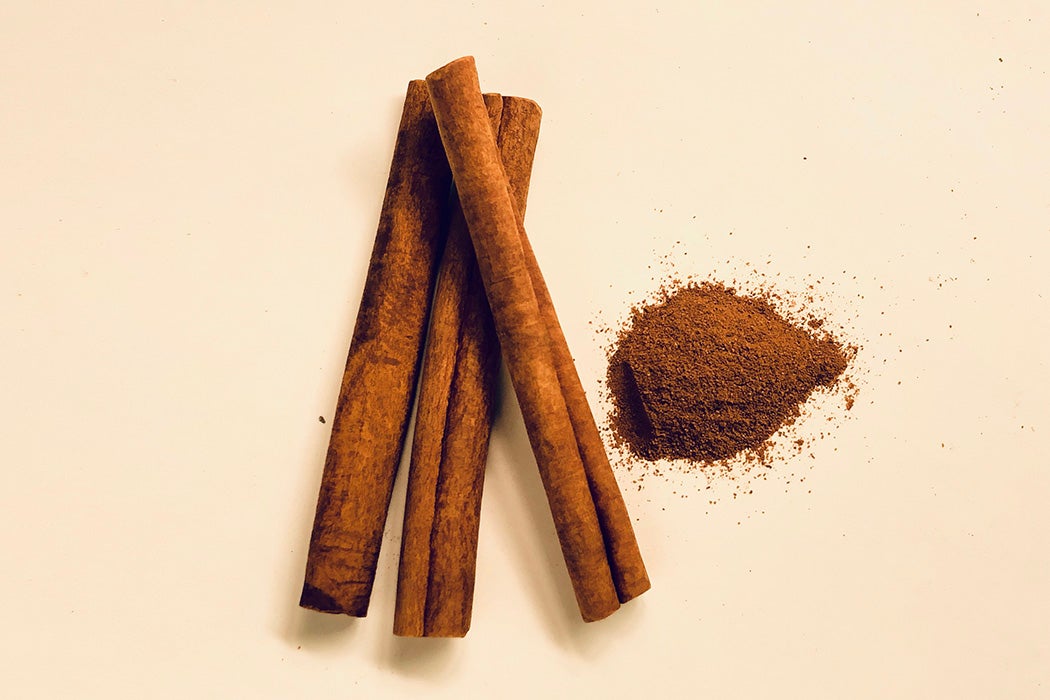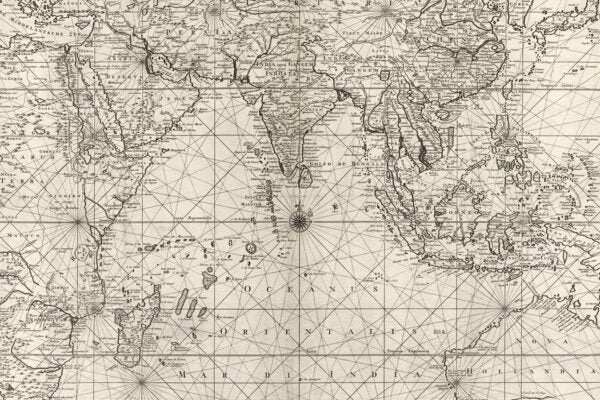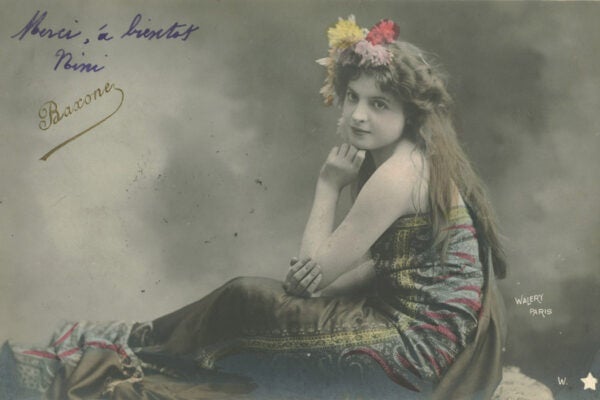From pumpkin spice lattes to apple pies, ’tis the season for cinnamon. But, as linguist and historian Andrew Dalby makes clear, our obsession with the flavor today is nothing compared with Europeans’, who centuries ago went to extreme and horrific lengths in search of the spice.
More than 2,500 years ago, Dalby writes, cinnamon—native to east and southeast Asia—was available in the Mediterranean. But it was very expensive. Its origin was mysterious to people there. The ancient Greek author Herodotus told his readers that cinnamon was brought to Arabia by large birds who used it to build nests high in the mountains. To harvest it, he explained, people tricked the birds into flying large joints of oxen into their nests, which broke under the weight of the meat.
This may have been an extremely silly story, but, for the next 2,000 years, no one in Europe knew where cinnamon actually came from. Given its high value as a medicine, a component of incense used in religious practices, and a flavoring, Europeans looked for it everywhere.
Among those excited about potential new sources of cinnamon was Francisco Pizarro. Fresh from his destruction of the Incan Empire, Pizarro recruited his brother, Gonzalo, to conquer a place he had heard of not far from his base in Quito called la Canela, the Land of Cinnamon. Contemporary accounts of what happened next are both confused and horrific.
Another Spanish explorer apparently told Gonzalo Pizarro he had found the “Valley of the Cinnamon,” though he hadn’t been able to explore it. He said local people had told him if he continued on he would find a flat land of prosperous people. Dalby suggests that what he had probably actually found was South American trees of the family Lauraceae, which smell sort of like cinnamon. The prosperous land was most likely the Amazon basin, where people cultivated many crops like cassava, maize, and yams—but not “cinnamon trees.”
Following the explorer’s instructions, Gonzalo Pizarro led a party from Quito in 1539. They also discovered the sweet-smelling trees. They then captured several local people, who were apparently mystified by the Spaniards’ questions about a rich valley where more such trees grew. Pizarro proceeded to have them tortured in an attempt to extract from them the whereabouts of the cinnamon.
“Having no satisfactory information to give, several Indians died under torture, while others were thrown to Pizarro’s hunting dogs,” Dalby writes.
Weekly Newsletter
Soon after, Pizarro’s party found a village headman who promised to guide them to the valley, but managed to escape along the way. “It possibly never occurred to Pizarro, even afterwards, that the headman kept up a supply of comforting information because he had heard what happened in the previous village and wanted to avoid his neighbors’ fate,” Dalby writes.
Ultimately, Pizarro and his men wandered for two and a half years looking for the elusive spice. Those who survived returned to Quito barefoot and almost naked, having eaten all the pigs, horses, and dogs they set out with, and no closer than ever to finding the Valley of Cinnamon.
Support JSTOR Daily! Join our new membership program on Patreon today.







